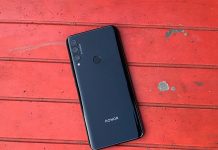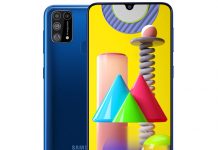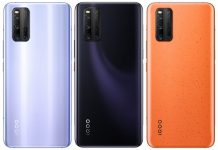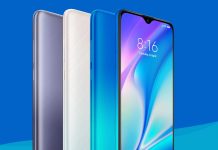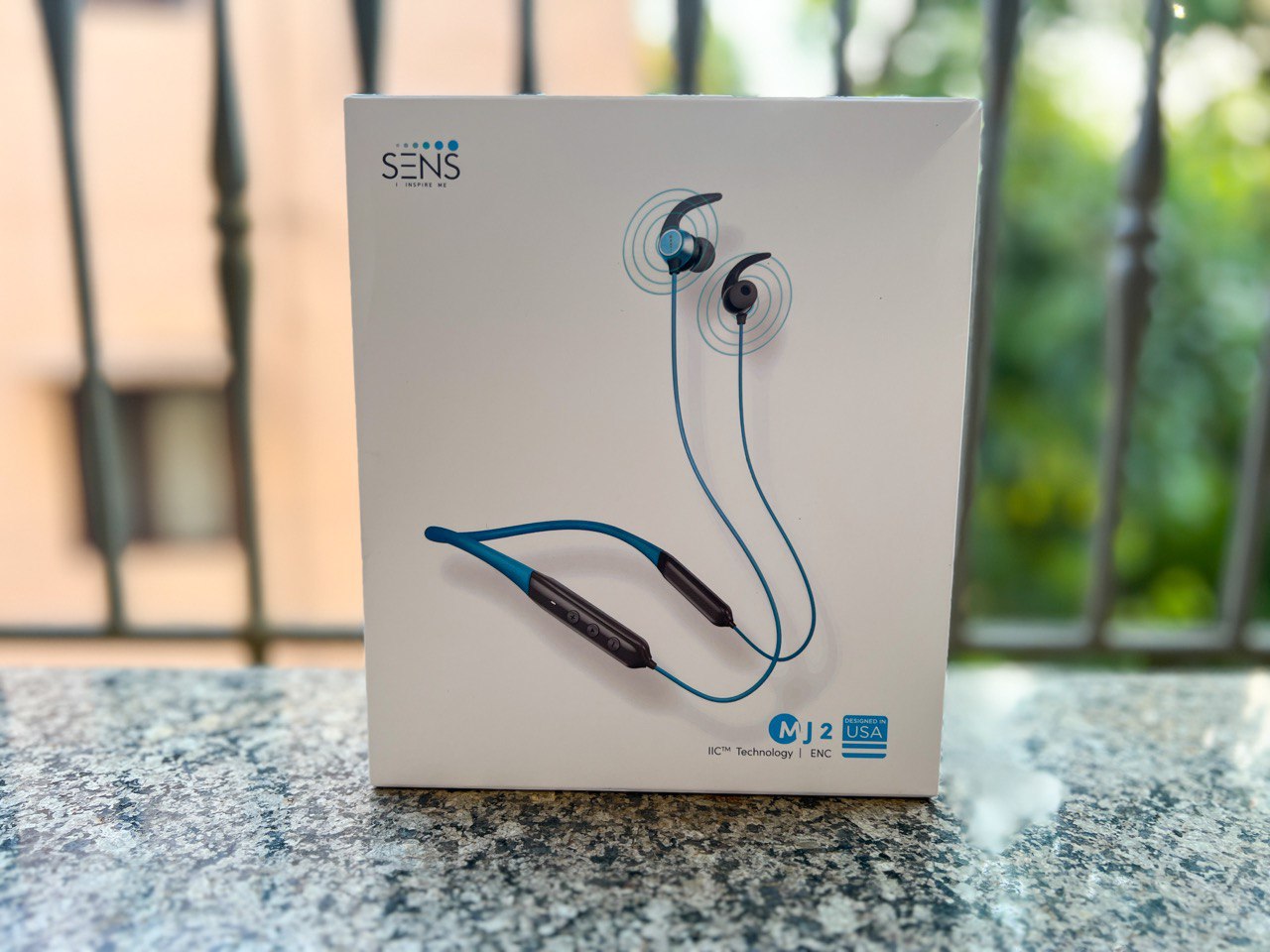

-
Motorola DROID 4

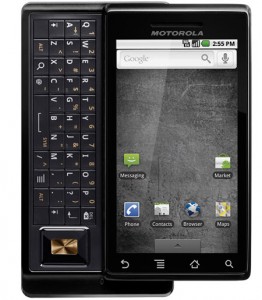
The Motorola DROID 4 comes to Verizon featuring LTE radio and a full-QWERTY keyboard. The handset features a 1.2GHz dual core processor, 1GB of RAM, 16GB of storage, 8-megapixel camera and an additional one for video calls, a 4-inch qHD display, Bluetooth, Wi-Fi, GPS, and HDMI port.
-
Motorola DROID RAZR MAXX

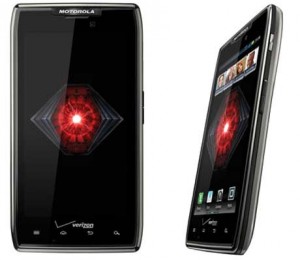
Motorola DROID RAZR MAXX is a slightly thicker twin of the DROID RAZR, coming with a larger battery to boost its battery life. All other specs remain the same.
-
Nokia Lumia 900

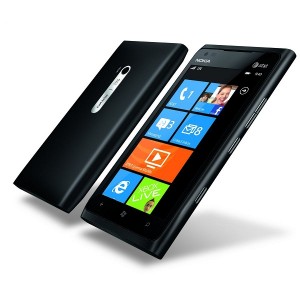
The Nokia Lumia 900 comes as one of the first Windows Phone smartphones to support LTE connectivity. It also features a 4.3″ WVGA AMOLED display with ClearBlack technology, polycarbonate unibody in different colors, 1.4GHz CPU, 16GB of internal memory, and 1830mAh battery. It has an 8MP camera, aided by the Carl Zeiss optics with f2.2/28mm lens, and features a tech called “double wide mode”, for extra scene width going into your frame. The phone weighs 5.6 ounces (160g) and is 5 x 2.7 x .45 inches (127.8 x 68.5 x 11.5 mm) in dimensions. The Lumia 900 will be available in black and cyan colors initially
-
Samsung Galaxy S II Skyrocket HD

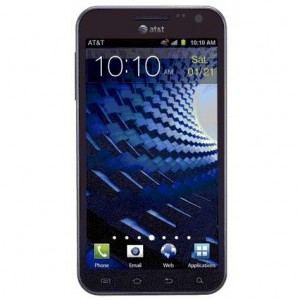
Samsung Galaxy S II Skyrocket HD comes in LTE flavor and with the well-known 4.65″ HD Super AMOLED display with 720×1280 pixels. The phone is powered by a 1.5GHz dual-core processor and features an 8MP camera with LED flash.
-
Samsung Galaxy Note LTE

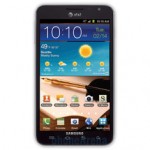
The phone-tablet hybrid we have all loved comes to US with LTE support. The Samsung Galaxy Note features a 5.3-inch HD Super AMOLED display and is powered by a 1.5 GHz dual-core processor and Android 2.3 running. It has an 8MP camera and an exclusive S-pen.
-
Samsung Galaxy S Blaze 4G

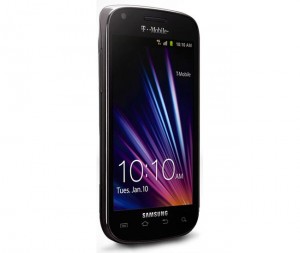
Samsung Galaxy S Blaze 4G is an Android smartphone featuring 42Mbps HSPA+ data connectivity, a 1.5 GHz processor and a Super AMOLED touch screen.
-
Samsung Exhilarate

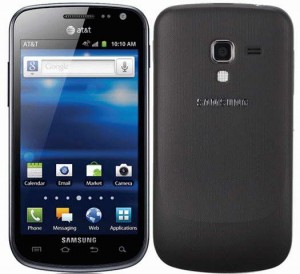
Samsung Exhilarate is built with the environment in mind. Constructed from 80 percent recycled, post-consumer materials, the device successfully meets a number of sustainability standards. That is why it has been given a Platinum certification by UL Environment – a group of folks that determine how “green” a certain product is. At the same time, the Samsung Exhilarate should deliver a decent Android experience, and, while we are not expecting to see any spectacular hardware under its hood, its front is occupied by a 4-inch Super AMOLED display. Both a front-facing and a rear camera are on board, along with an LTE radio for speedy access to the Internet.
-
Sony Xperia Ion

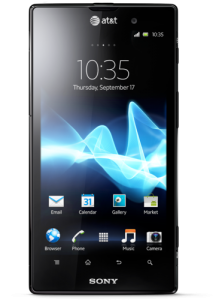
Sony Xperia ion is the first phone that is just Sony (no Ericsson here), which was expected after Sony bought the Ericsson share out of the joint venture. It is landing exclusively on AT&T’s LTE network, just to spice things up. It is the first dual-core Xperia phone; it features 4.55″ HD display, 1.5GHz dual-core Snapdragon, 16GB of internal memory, plus a whopping 12MP camera with Exmor R sensor. As was mentioned, the Sony Xperia Ion will sport LTE connectivity, rounding up a pretty formidable Android high-end, which we can’t wait to get our mitts on and give this 12MP camera on the back the review treatment. Sony claims that it takes under two seconds to get the camera from standby mode to image capture, so speed will be on our side with the humongous 12MP sensor as well.
-
HTC Titan II

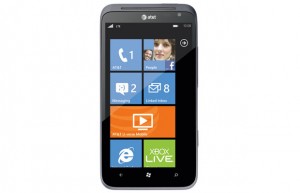
HTC Titan was not even 6 months old, but it seems HTC decided that its time to step up the camera game with its 16 MP camera. Yes, you read that right 16 MP camera on a phone. It was a pleasant surprise of sorts because HTC has been failing to excite us with their phones and although we can’t really tell how good the camera is with the count of megapixels but camera samples show that it will be one capable camera phone. The other specs are pretty much the same with LTE support, the same huge 4.7-inch LCD screen and a 1.5 GHz Snapdragon processor.
-
LG Spectrum

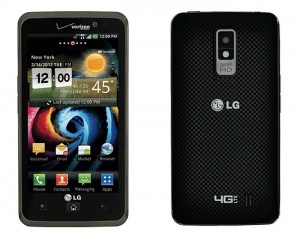
The 4.5″ True HD IPS goodness of the LG Spectrum is coming to Verizon with LTE connectivity. The latest flagship of the company has the shares specs with the Optimus LTE and the LG Nitro HD for AT&T, mainly since it is the same phone, but with Verizon’s 4G bands. That means we get 4.5″ 720×1280 pixels display, 1.5GHz dual-core Snapdragon S4, 1GB RAM, and 8MP camera with 1080p video recording. Unfortunately, it will come with Andorid 2.3 Gingerbread out of the box, until it gets upgraded to Android 4.0 Ice Cream Sandwich.
-
LG Viper

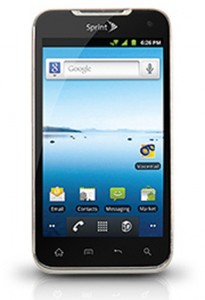
LG Viper is one of the first LTE enabled smartphones for Sprint, an Android 2.3 Gingerbread handset, equipped with a 1.2GHz dual-core processor, 4″ WVGA NOVA screen and 5MP camera.
-
RIM BlackBerry Curve 9370

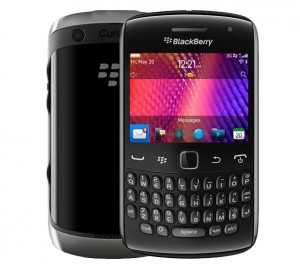
RIM BlackBerry Curve 9370 is a world phone with dual-mode CDMA and GSM connectivity. Features include 2.44 inch display with resolution of 360 x 480, GPS and Wi-Fi are both aboard the handsets, 5MP camera with flash and video capture. Of course, the BlackBerry Curve 9370 runs the new BlackBerry 7 OS which includes RIM’s second generation WebKit browser that eats up JavaScript and renders pages 40% faster than the browser on BlackBerry 6 OS.
-
Pantech Burst

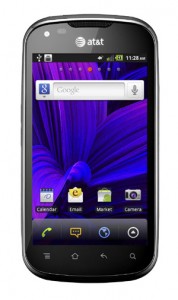
Pantech Burst is an LTE enabled Android smartphone powered by a 1.2GHz dual-core processor, and its front is occupied by a 4-inch Super AMOLED display with 480 by 800 pixels of resolution. The 5-megapixel camera on its back is backed up by an LED flash and can capture 720p video, while the 2-megapixel front-facing one will come in handy when you feel like having a video chat. You also get 16 gigs of on-board storage and a 1,650mAh battery.
-
Huawei Ascend P1 S

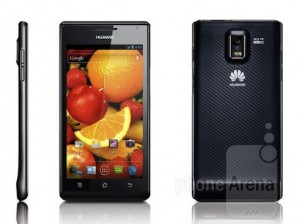
Huawei P1 S is the world’s thinnest smartphone at 6.78 mm. It has a dual-core 1.5 GHz TI OMAP 4460 CPU running Android 4.0, 1GB of RAM, and a SGX540 graphics processor stuffed under a 4.3-inch qHD 960 x 540 Super AMOLED touchscreen protected by Gorilla Glass.
-
Lenovo S2


Lenovo S2 aka LePhone S2 has a 3.8-inch WVGA display and runs on heavily skinned Android 2.3 Gingerbread. The focus with this device falls on corporate security as it ships with a kernel-level security system for better protection of your data. The 8-megapixel camera on the back also promises to deliver superb quality pictures and 720p video footage. The Lenovo S2 runs on a 1.4GHz single-core Qualcomm Snapdragon MSM8255 platform and is expected to arrive in two versions: one with 512MB of RAM and 8 gigs of internal storage, and another one with a gig of RAM and 16GB of storage.
-
Lenovo K800

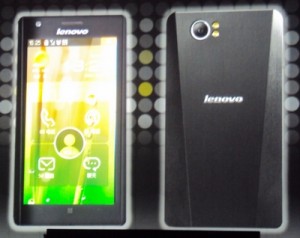
We’ve been waiting to see what Intel could do in the mobile space and now we’re finally going to see it. The Lenovo K800 will be the first smartphone on the market to use the Intel Medfield processor. Unfortunately, we don’t know a lot about the device, but what we do know is that it will feature a 4.5″ 720p display and dual-LED flash with the camera. We can also assume that it is an Android device, although from the images we’ve seen in the keynote, it does seem to have that Mondrian UI layered on it. The only other thing we know is that the phone will be released in China first in Q2 of this year. No other info right now.
-
Fujitsu Arrows

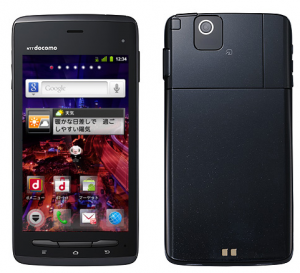
Among the recent Quad core smartphone Fujitsu Arrows adds its name which was announced at CES 2012. With 4.6 inches HD display screen, NVIDIA Tegra 3 dual core processor and Android 4.0 Ice Cream Sandwich are the standout features of this tablet. Last but not least it will be with 13.1 mega pixel camera with IP 67 ceritification. It will arrive on NTT Docomo in early quarter 2 of 2012.
-
ViewSonic ViewPhone 3


ViewSonic ViewPhone 3 is dual-SIM Android 2.3 smartphone. It comes with a 3.5” capacitive touch display, 5MP camera, Wi-Fi, GPS and FM Radio. All this is powered by an 800Mhz processor and 512MB RAM.


